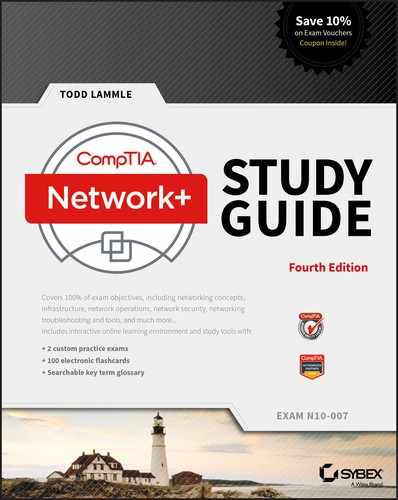Book Description
Todd Lammle's bestselling CompTIA Network+ Study Guide for the N10-007 exam!
CompTIA's Network+ certification tells the world you have the skills to install, configure, and troubleshoot today's basic networking hardware peripherals and protocols. First, however, you have to pass the exam! This detailed CompTIA Authorized study guide by networking guru Todd Lammle has everything you need to prepare for the CompTIA Network+ Exam N10-007.
Todd covers all exam objectives, explains key topics, offers plenty of practical examples, and draws upon his own invaluable 30 years of networking experience to help you learn. The Study Guide prepares you for Exam N10-007, the new CompTIA Network+ Exam:
• Covers all exam objectives including network technologies, network installation and configuration, network media and topologies, security, and much more
• Includes practical examples review questions, as well as access to practice exams and flashcards to reinforce learning
• Networking guru and expert author Todd Lammle offers valuable insights and tips drawn from real-world experience
Plus, receive one year of FREE access to a robust set of online interactive learning tools, including hundreds of sample practice questions, a pre-assessment test, bonus practice exams, and over 100 electronic flashcards. Prepare for the exam and enhance your career—starting now!
